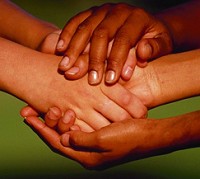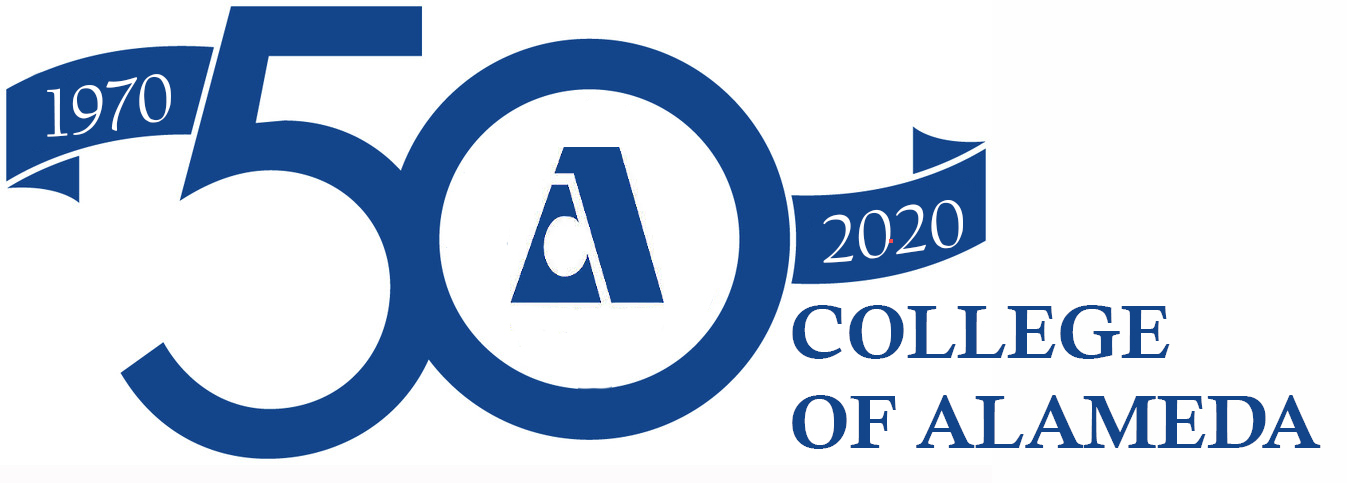| Name: |
Bishop Scott |

|
| Title: |
Psychology Instructor |
| School/Location: |
Alameda |
| Phone: |
(510) 748-2287 |
| E-mail: |
btscott@peralta.edu |
| Office/Classroom: |
|
Introduction:
I was born in Arkansas in 1945, but lived my growing years in Sacramento, CA. My mother and father were both school teachers in Arkansas; four of their five children have followed careers in education. I have been married for the past 25 years to a Mexican woman, Maria. Our 21 year old son, Ahkin, graduated from Contra Costa College with an AA degree in Spanish and received his commercial pilot license from ATP Flight School in Sacramento. He is now working as a pilot for Ameriflight, a freight airline which flies out of Oakland Airport. The language of our home is Spanish.
Post-High School Education:
Sacramento City College, AA degree in General Curriculum, 1965
San Francisco State University, BA degree in Psychology, 1967
University of Erlangen, Germany, Basic German, 1968-69
Cal State East Bay (Hayward), MS degree in Counseling, 1978
Sonoma State University, Advanced studies in Psychology, 1979-81
University of Durango, Mexico, Advanced studies in Spanish, 1979-84
Employment:
Peralta Community College Dist. 1970-present
In the Peralta Dist., I started working as the director of a federally funded community outreach center run by Laney College. After the government funding ended, I worked as a veterans’ counselor, a counselor for the Women’s Re-entry Program, and also teaching psychology classes. Later I worked as a counselor for CETA which Laney College hosted. I was assigned to College of Alameda in 1982 where I have been teaching a variety of psychology classes, African American history, basic skills, and Tai Chi Chuan.
University of Durango, Mexico 1981-82
In 1981, I took a year leave of absence to teach beginning English at the University of Durango in Mexico.
Colegio Americano de Durango, Mex. 1981-82
During my year in Mexico, I also taught English and basic science to 5th and 6th graders.
US Army March 1967-December 1969
In the Army I worked for 18 months as a “Social Work/Psychology Specialist” for the Mental Hygiene Consultation Service in Furth, Germany. My job was to counsel servicemen with emotional problems and make recommendations to the psychiatrist and social work officer who would direct the methods of treatment.
Interests:
Reading (Current book: The Road Less Travelled, by M. Scott Peck, M. D.)
Martial arts (Black belt in Kajukenbo 1999, practitioner of Tai Chi Chuan since 1976)
Bike riding (I have ridden from the Bay Area to Sacramento once every ten years since 1966)
Recognition:
I have been listed in the 7th, 8th, 9th, & 10th editions of Who’s Who Among America’s Teachers.






